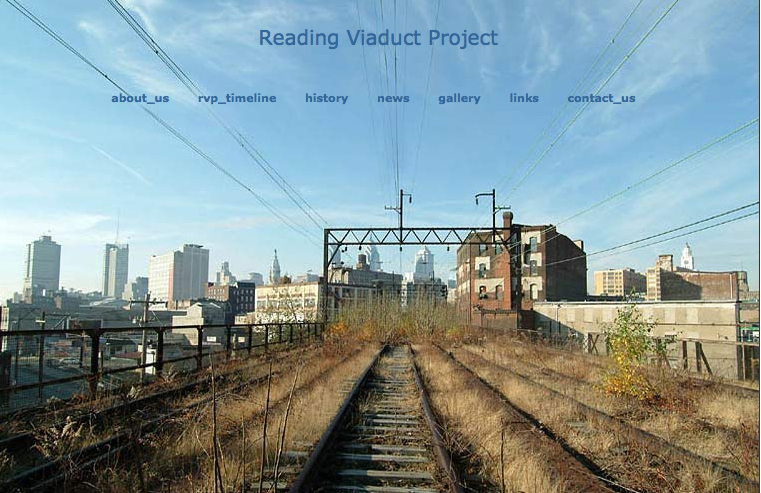
DAILY NEWS: High above the shadowy streets of Callowhill and Chinatown North, a lush green wilderness of weeds, thick grasses and purple flowering bushes thrives amid the rusted railroad tracks of the old Reading Viaduct. From atop the viaduct, the city’s modern skyline of towering glass and steel shimmers to the south, but one can also get a close-up glimpse into the city’s industrial past: the area’s brick former factory buildings that once made textiles or bicycles or held printing presses. “We have all these beautiful urban views, and yet you feel like you’re in a country meadow,” said Hamilton Street resident Sarah McEneaney, 55, who has been lobbying, along with John Struble, for nearly a decade to transform the viaduct into an elevated public park with spectacular, panoramic skyline views. “It immediately transports you from a bustling urban environment to one much more quiet with a lot of birds and a lot of plants.” Now, after eight years of prodding, McEneaney, a painter, and Struble, a furniture maker, have succeeded in getting city officials and other prominent Philadelphians on board with the viaduct park idea. MORE
RELATED: The Reading Viaduct Project
RELATED: The High Line
WIKIPEDIA: The High Line is a 1-mile (1.6 km)[1] New York City park built on a 1.45-mile (2.33 km)[2] section of the former elevated freight railroad spur called the West Side Line, which runs along the lower west side of Manhattan; it has been redesigned and planted as an aerial greenway. The High Line Park currently runs from Gansevoort Street, one block below West 12th Street, in the Meatpacking District, up to 30th Street, through the neighborhood of Chelsea to the West Side Yard, near the Javits Convention Center. The recycling of the railway into an urban park has spurred real estate development in the neighborhoods which lie along the line. MORE
